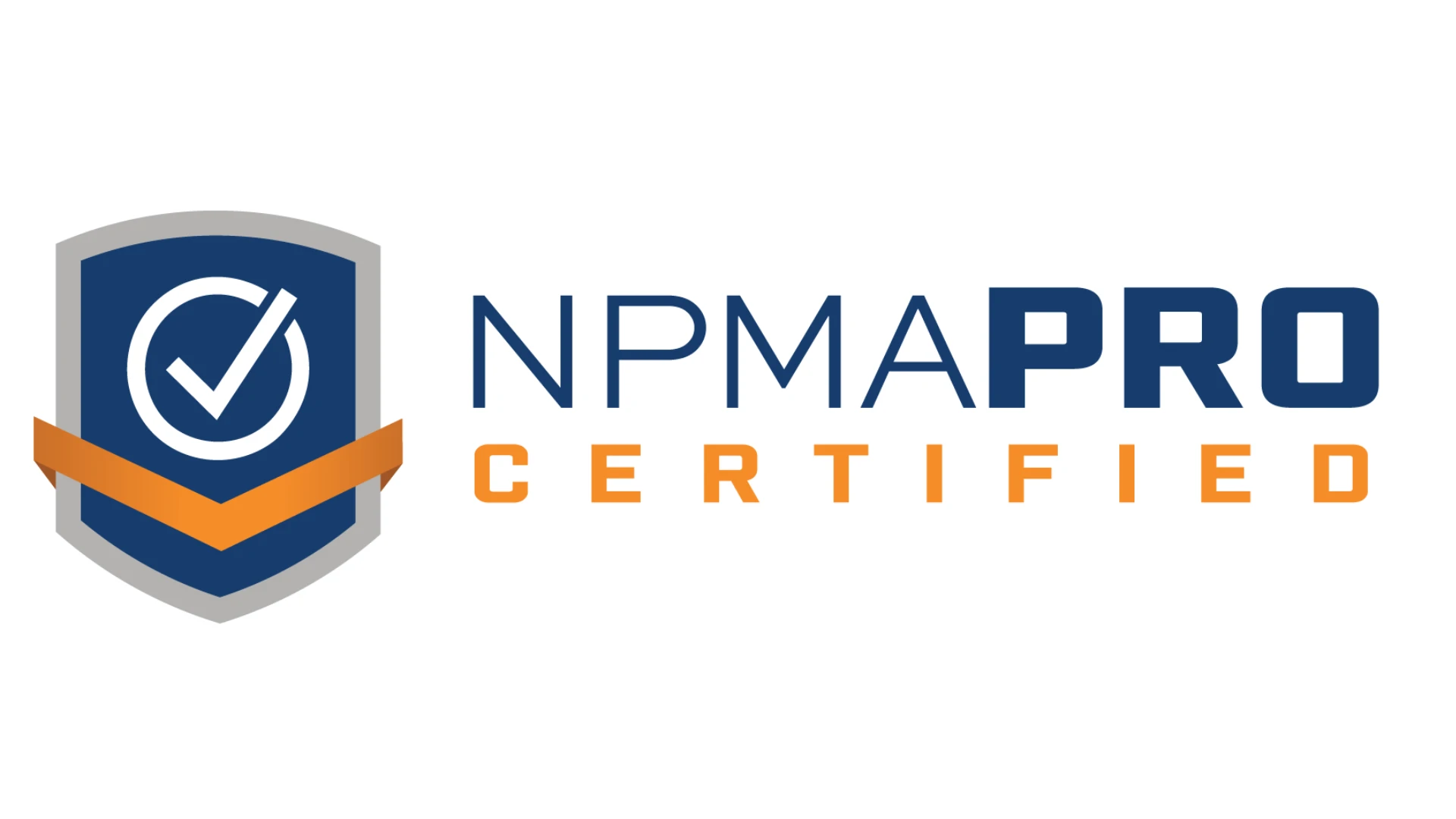Besides the standard tools used for a termite inspection such as a flashlight, screwdriver and bump cap, there are some special tools that allow you to investigate hidden areas, such as wall voids, if you have a strong reason to suspect a termite infestation is located there. These tools are optional and not required as standards of inspection for typical termite inspections.
Borescopes. Borescopes are fiber-optic probes that allow visual inspection through a ¼- to ½-inch (7 mm to 12 mm) drill hole. They can enable an inspector to see termite tubes, galleries and carton inside wall voids, but are limited by insulation in walls and the fact that many holes are necessary to fully inspect a structure.
Moisture Meter. A moisture meter can locate areas of high moisture that are often associated with termites and other wood-infesting pests in joists, sills, rafters, and other wood or in other materials. Some meters use pins that are inserted into wood while others measure moisture remotely without making pinholes when they are placed against a surface (induction or impedance). A few meters can do both. You should take readings every few feet in suspect areas.
A moisture reading significantly higher than others pinpoints a moisture problem. In homes without moisture problems, moisture levels in heated living areas usually range between five and 10 percent; in unheated areas and crawlspaces from 12 to 19 percent. Moisture levels above 20 percent signal trouble, and in these locations, you should probe, sound and otherwise investigate further.
Other High-Tech Equipment. High-tech detection equipment includes sound equipment (ranging from inexpensive stethoscopes to sound amplification systems similar to those used by security firms), methane detectors for termite activity and microwave sensing devices.
Termite-Detecting Dogs. Termite-detecting dogs have been around for dec-ades but have never made significant inroads into the pest control industry, mostly because of cost and complications in boarding, handling, and transporting the dogs. But when handled correctly, termite dogs can quickly pinpoint termites in inaccessible areas where human inspectors can’t, making them a valuable tool. Like all tools, they are not 100 percent effective and may miss termites or give false positives.
Editor’s note: This article was adapted from Techletter, a biweekly publication from Pinto & Associates, Mechanicsville, Md. To subscribe, visit www.techletter.com, or call 301/884-3020.
*****
The Reasons We Do Termite Inspections
It takes trained, dedicated professionals to inspect properly for termites. It is not an easy job; it can be demanding and dirty. The two primary functions of a termite inspection are to (1) determine whether termites and other wood-destroying pests are actively infesting a structure and (2) develop a treatment plan for an already infested structure. There are a number of reasons for a termite inspection:
Real estate inspection. You may be asked to provide an inspection and a specific, formal and written report when a client wants to know if a home has termites (and sometimes other WDO pests) for a real estate transaction. The potential buyer needs to know before buying the house or other building that it is not infested with termites or any other wood-destroying pests. The bank or organization lending the money wants to know this too. Termites often go undetected for years by homeowners and property managers and can cause expensive structural damage, so there is a lot at stake with this type of inspection. Real estate inspection fees are a significant income generator for many pest control companies.
Treatment plan/proposal. You may conduct a termite inspection in order to develop a treatment plan and provide estimates when the owner knows or suspects there are termites. The inspector measures and graphs the structure, identifies the elements of construction involved and potential trouble spots, determines the methods of termite control to be used, calculates the types and amounts of materials and equipment needed, and develops an estimate and/or proposal. The accuracy of the inspection will influence the success of the treatment, and determine whether or not the company gets the job and makes a profit.
Reinspection. An annual reinspection is part of many standard termite warranty renewal contracts. From the perspective of both business ethics and the science of pest control, periodic inspections are critical. Annual inspections are a common component of termite monitoring and bait programs. Since, in this case, there is usually no chemical barrier around the structure, you conduct an annual inspection to ensure that termites haven’t bypassed the monitors and attacked the structure.

Explore the January 2010 Issue
Check out more from this issue and find your next story to read.
Latest from Pest Control Technology
- Scorpion Launches Capacity Marketing Engine
- Petti Pest Control Owners Reflect on Finding Success as a Father-Son Duo
- Effective Mitigation of Crow Infestations
- Mosquito Control: Spraying vs. IPM
- Terminix Service's Leaders Inducted into South Carolina Business Hall of Fame
- Christner on Colorado's Preemption Roll Back on Business Growth
- How to Get Rid of Odorous House Ants
- Massey Services Promotes Herndon to Director of Sales for Multi-Family Division





